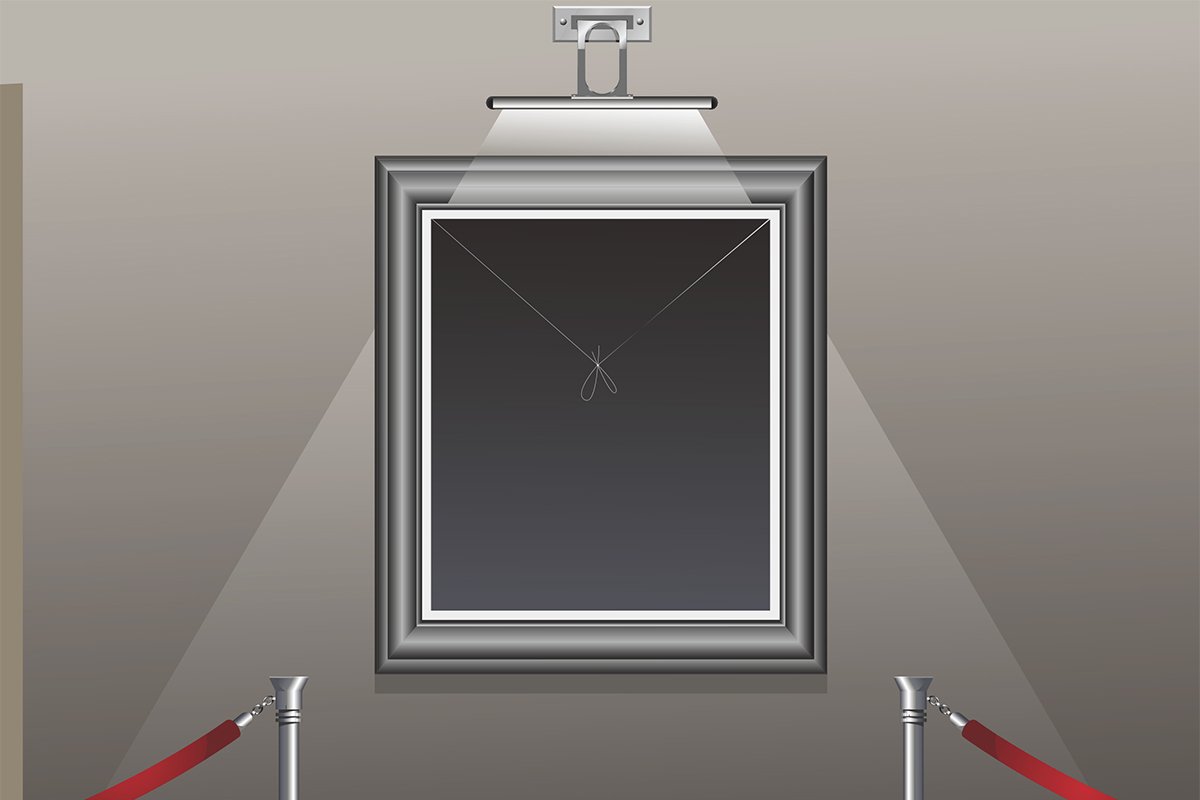
Picture lights serve as specialized lighting solutions for artworks, such as paintings, photographs or framed pieces, offering directed and controlled illumination while minimizing glare and shadows. These lights are mounted either above or below the artwork to cast directed light onto the piece. The design of picture lights is specifically geared towards minimizing glare and shadows, ensuring that the artwork is well-lit without unwanted reflections or obstructions. The design of picture lights often includes features such as adjustable arms or heads, allowing for precise positioning and aiming of the light. This adaptability ensures that the light can be tailored to suit the size and dimensions of different artworks. Picture lights are frequently employed in galleries, museums, homes, and other spaces where the display of art is a focal point. Picture lights are designed to work seamlessly with framed artworks. The fixtures can be selected based on the size and style of the frames, ensuring that the lighting complements the overall aesthetic of the displayed pieces.
The unique features of LED lighting have made it an integral and preferred choice for picture lights. LED picture lights are praised for their energy efficiency, extended lifespan, and reduced maintenance requirements compared to traditional incandescent or halogen lights. These qualities not only save energy and costs but also contribute to the preservation of displayed artworks by providing consistent and reliable lighting conditions over an extended period. LED technology allows for the creation of small and compact lighting fixtures. LED picture lights can be designed with slim profiles which minimize the visual impact of the lighting fixture, ensuring it does not detract from the overall visual aesthetics of the displayed art pieces. The design of the picture lights can complement the framing or mounting of the artworks, creating a cohesive and harmonious visual presentation. The compact nature of LED fixtures provides flexibility in the arrangement of picture lights around the artwork. LED picture lights offer precise and focused illumination, allowing for accurate highlighting of artworks without spillage of light onto surrounding areas. LED lights emit negligible amounts of ultraviolet (UV) radiation. This is important for picture lights as UV exposure can be detrimental to the longevity of artworks, especially those featuring delicate materials or pigments. The low heat emission of LED lights is crucial for picture lights, especially when illuminating sensitive artworks.
Artists often have specific intentions regarding the colors and visual impact of their artworks. LED picture lights leverage the manipulation of spectral power distribution (SPD) to faithfully represent colors intended by artists. High color rendering lighting allows viewers to perceive colors in a way that closely resembles their appearance under natural sunlight. Artworks appear vibrant, detailed, and true to the artist's intention, enhancing the overall visual experience. LED picture lights, with controlled SPD, can be designed to deliver white light with a specific color temperature deemed most appropriate for the artwork and the surrounding environment. Lower color temperatures create warm, inviting light that may be suitable for traditional or classical artworks. Higher color temperatures produce cool, crisp light, which may be preferred for contemporary or modern artworks. Art exhibitions or gallery displays often feature diverse themes, styles, and color palettes. LED picture lights with adjustable color temperature settings provide a versatile solution for accommodating different types of artworks, themes, and environments.
LED picture lights provide instantaneous illumination without warm-up time. This instant on/off capability allows users to control the lighting precisely. LED picture lights with dimming capabilities provide users with the flexibility to adjust the brightness of the lighting, allowing for customizable atmospheres, adaptation to various lighting needs for different artworks, and personalized experiences. The seamless integration of LED picture lights into advanced lighting control systems enables the implementation of smart lighting functionalities. This includes remote control, automation, energy efficiency, and integration with other smart devices. Battery-powered LED picture lights offer the advantage of wireless operation and flexible installation. They can be easily moved and repositioned without the need for electrical infrastructure.








